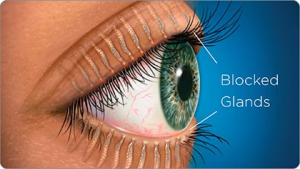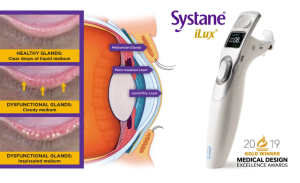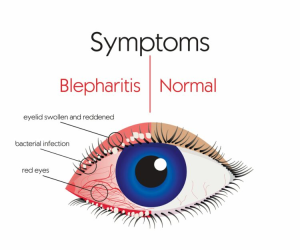Dry Eye

Dry eye is a condition caused by changes in the quantity or quality of your tears. Tears are composed of three main layers, mucus, water and oil, that work together to keep your eyes comfortable and protected. If these layers become imbalanced, your tears will evaporate too quickly, causing your eyes to feel dry and irritated. Another cause of dry eye is inadequate tear production. In severe cases, it can increase the risk of infection that can lead to cornea damage. The eye care providers at Columbia Eye Clinic can perform tests to identify chronic dry eye during a routine eye exam.
Symptoms of dry eye include:
- Eye inflammation
- Eye irritation
- Scratchy eyes
- Burning or stinging eyes
- Gritty eyes
- Tired eyes
- Fluctuating or blurry vision
- Excessive tearing
Dry eye syndrome is one of the most common eye conditions with increased prevalence among contact lens wearers, computer users, previous eye surgery patients and those older than 55. Other diseases and conditions like lupus, rheumatoid arthritis, and diabetes, as well as common medications, both prescription and over-the-counter, can cause dry eye by reducing tear secretion, so be sure to discuss your medical history with your eye care provider.
Treatment and Prevention
Use of artificial tears and minor behavioral modifications may reduce dry eye symptoms. Some dry eye sufferers require prescription medication and/or minor procedures to decrease eye inflammation and irritation.
Systane® iLux2®
The most common type of dry eye is evaporative dry eye, which means that the tears do not have enough oil. Evaporative dry eye is commonly caused by meibomian gland dysfunction (MGD), where the glands that keep your tear film oily become blocked. It is a chronic condition that can worsen over time if it’s not treated properly.
One proven treatment for MGD is a gentle non-invasive method using the Systane® iLux2® MGD Thermal Pulsation device. This treatment delivers gentle warming and pressure directly to your eyelids to unblock meibomian glands (the oil glands) to restore healthy tear film and help relieve your dry eye symptoms. The treatment takes approximately 10 minutes for both eyes. Treatment with the iLUX® device was shown to significantly reduce dry eye symptoms such as gritty eyes and irritation. In clinical studies, iLUX® was shown to increase meibomian gland function by 300% at 4 weeks post-treatment, compared to baseline.
BlephEx®
MGD can also occur alongside another condition called blepharitis. Blepharitis can cause inflammation in your eyelids and create a crusty discharge at the base of your eyelashes. When these issues develop, you can experience a number of dry eye symptoms. A proven treatment is BlephEx.
BlephEx® is a quick, painless, in-office procedure that uses a rotating, soft, medical grade, micro-sponge to clean and exfoliate the edge of your eyelids and lashes. The procedure removes excess bacteria, biofilm and bacterial toxins, the main causes of eyelid symptoms. A numbing drop is usually placed in the eye prior to treatment for increased comfort and patients report no more than a tickling sensation. After the procedure, patients may immediately resume normal activities. BlephEx® may be repeated periodically as determined by your eye care provider to manage eyelid inflammation that can damage tear glands and lead to chronic dry eye syndrome.
Schedule an appointment
Contact us at (803) 779-3070 to schedule an appointment for a dry eye evaluation as part of a comprehensive eye exam with one of our eye care providers.




 ANNOUNCING UPDATES TO OUR COVID-19 SAFETY PROTOCOLS
ANNOUNCING UPDATES TO OUR COVID-19 SAFETY PROTOCOLS